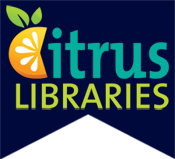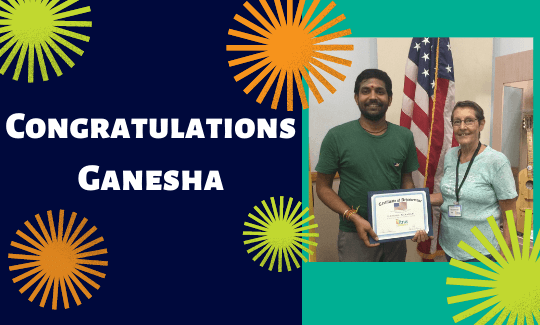Learn to Read: Two Main Components
Reading is everywhere – from street signs and employment applications, to food package labels and letters that come home from school with the children. Literacy is all about empowering people with strong reading and writing skills, so they are able to live well and function in society. Reading and higher literacy leads to self-sufficiency, employment opportunities, community involvement, parental engagement, and so much more.
How does one learn to read? When teaching someone how to read, the international literacy organization, ProLiteracy, recommends incorporating two components as a best practice: sight words and phonics. The first component, sight words, also called Dolch words, or Service words, are simplistic words that can become instantly recognizable words, with practice, over time. The goal is to be able to instantly recognize the word, upon seeing it, in three seconds or less. There are several lists available for perusal in the library’s Literacy Collection, as well as online, and flashcards of the words can be made using index cards or paper strips. Often the lists will consist of 200 to 300 words, but the “Big 9” word list, in terms of frequency and usage are: and, be, have, it, of, the, to, will, you.
The second component, phonics, is having the ability to attach a sound to a written symbol, or a letter. It is letter recognition and knowing what sound that letter makes when it is read or spoken aloud. Phonics also includes correlating sounds with groups of letters, such as blends: sh, ch, or th, to name a few. Moreover, phonics can be combined with other word recognition strategies, such as word families to help an individual to see word patterns, which is a great technique to build vocabulary, quickly. For example, some common word family endings are: ake, est, and ick. Using the word pattern of ake as an example, adding and changing out the first letter to make new words can increase vocabulary and improve reading skills: bake, cake, fake, snake, lake, rake.
Altogether, teaching someone how to read is best done through a combined process of utilizing sight words and phonics. Learning to read is a critical thinking process where an individual’s brain is simultaneously searching for previous learned information and background knowledge, to be able to make sense of the new concepts to which they are being exposed.
The library’s Adult Literacy Services provides individual and small group literacy instruction to struggling readers utilizing trained volunteer tutors and instructors. If you would like to help make a difference in your community, by becoming a tutor or instructor to someone in need, please visit your local branch to sign up for an upcoming New Tutor Training Workshop. It is very rewarding to help struggling adults to overcome barriers, improve their foundational skills, and to see them achieve their life goals!





